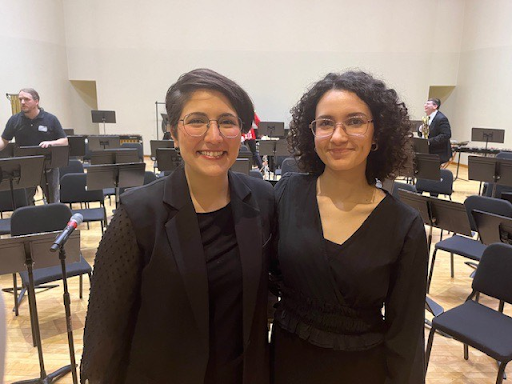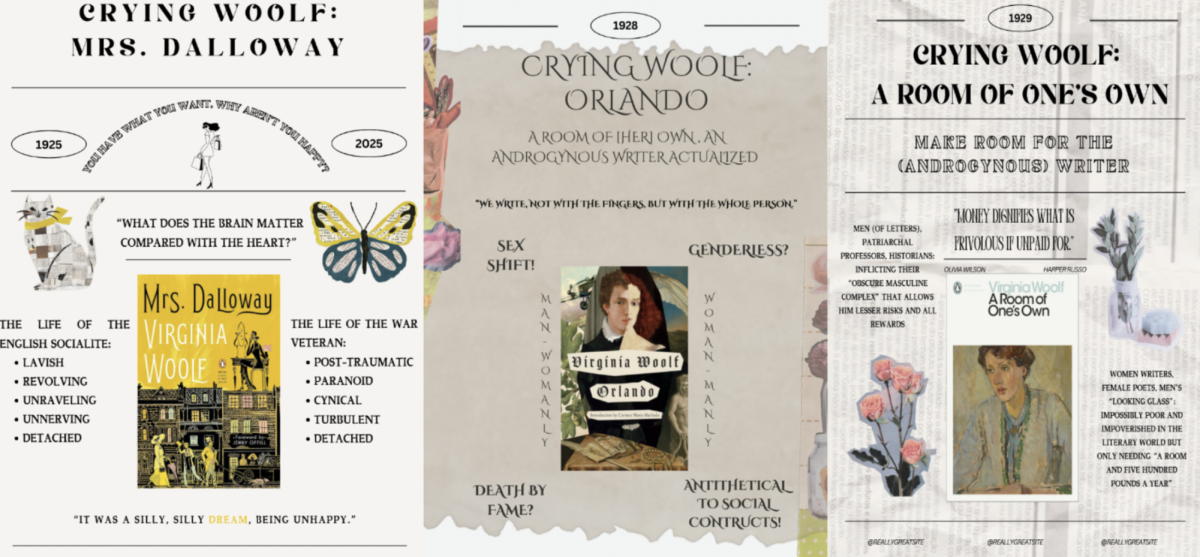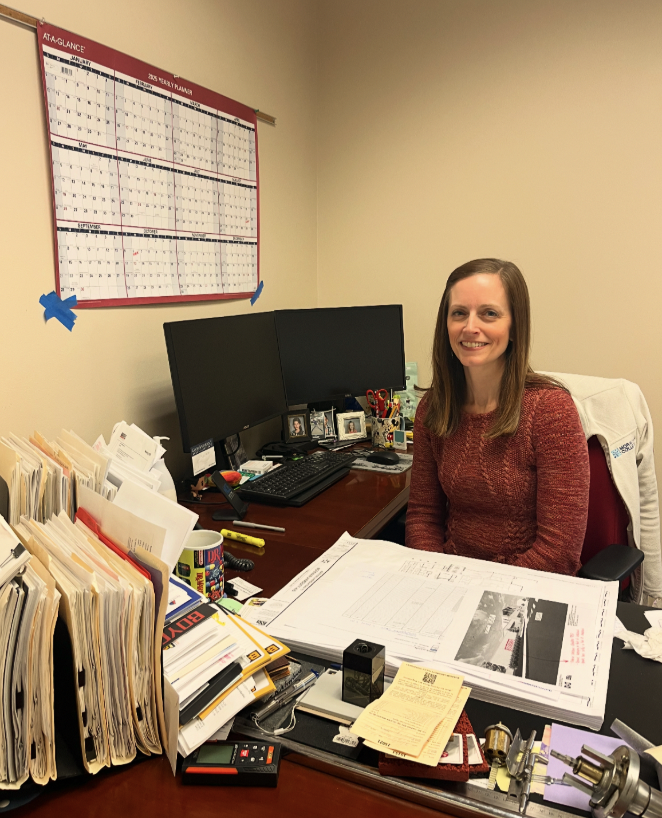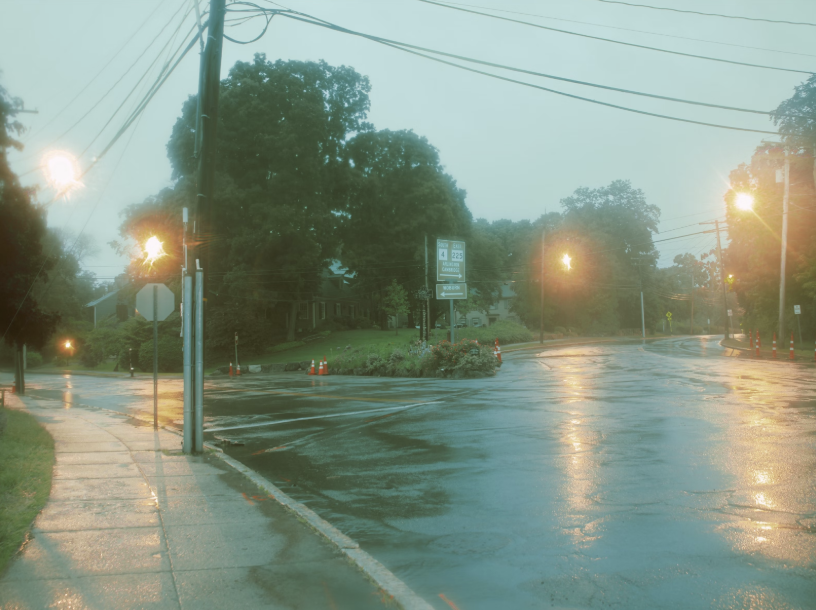
Amal Shokr ‘24, music composition major, has spent the past four years studying under Dr. Larry Lipkis, professor of music and composer-in-residence at Moravian. Her journey into composing music began while in middle school; Synapse marks her first composition written for a large ensemble.
Premiered on March 15 at the Moravian University Wind Ensemble and Liberty Grenadier Bands 1st Company, “Synapse” was performed by Moravian University’s Wind Ensemble. It was directed by Dr. JoAnn Weiszczyk, with Shokr on piano. Before the performance, Shokr provided a brief introduction alongside Hailey Belverio ‘25, music composition and biology double major.
The concept behind “Synapse” initially revolved around communication, both within ourselves and with others. It looked to then link to the flawless communication within the human brain, which is facilitated by synapses and contrasts with the often imperfect ways in which we all communicate with one another and ourselves.
The composition can be divided into four main sections: an improvisation segment, a conducted as written section, a minimalist section inspired by Steve Reich’s Music for 18 Musicians, and a concluding sequence that involves a gradual diminishing of sound from the back of Foy Hall to the stage, ending with solo piano. The improvisational part commences with Shokr on the piano, followed by percussion, and then transitions to “pass-along” rhythms to each group. This peak in a unified performance creates a blend of chaotic and harmonious cacophony.
To illustrate communication visually and audibly, musicians were strategically positioned in three sections of the hall, facilitating both physical and sonic movement throughout the ensemble. This setup was intended to mirror the conveyance of similar ideas to the function of synapses in the brain.
Audiences could directly engage with the performance, as physical movement among musicians involved “pass-along” rhythms. Initiated by two percussionists approaching the woodwind section and playing two distinct rhythms, this action catalyzed the ensemble, with subsequent transmission of rhythms from woodwinds to brass.
These “pass-along” instances were inspired by Karlheinz Stockhausen’s Sternklang. This concept symbolized synaptic transmission and direct communication. Despite the physical separation of groups, it was intriguing to observe how they remained connected, communicating, and attentive to each other.
“This piece is really different from other traditional Wind Ensemble pieces because of the improvisation and the spatial aspect, which includes the audience in the music,” said Shokr. “Like they’re a part of the ensemble, acting as one big brain.”
Students can attend the composer’s concert on April 21 and Shokr recital project on music and memory on April 23. Both take place at Foy Concert Hall at 7 p.m. The event is free and open to the public.







